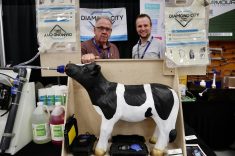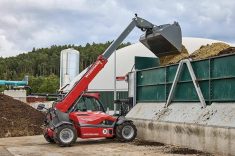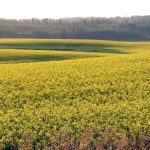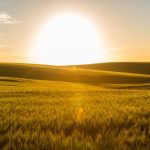Social media conversations about food can go from benign to trending in a matter of hours or days.
That became painfully obvious to Canadian dairy farmers during the so-called “Buttergate” controversy earlier this year. The same thing happened five years ago to New Zealand dairy farmers during an environmentalist-led campaign against using a palm oil processing byproduct in feed.
The message about consumer concerns going viral was part of the “lessons learned” section of a virtual presentation by Canadian agricultural communications expert Meagan Murdoch during Canada’s Outdoor Farm Show’s digital livestock show.
Read Also
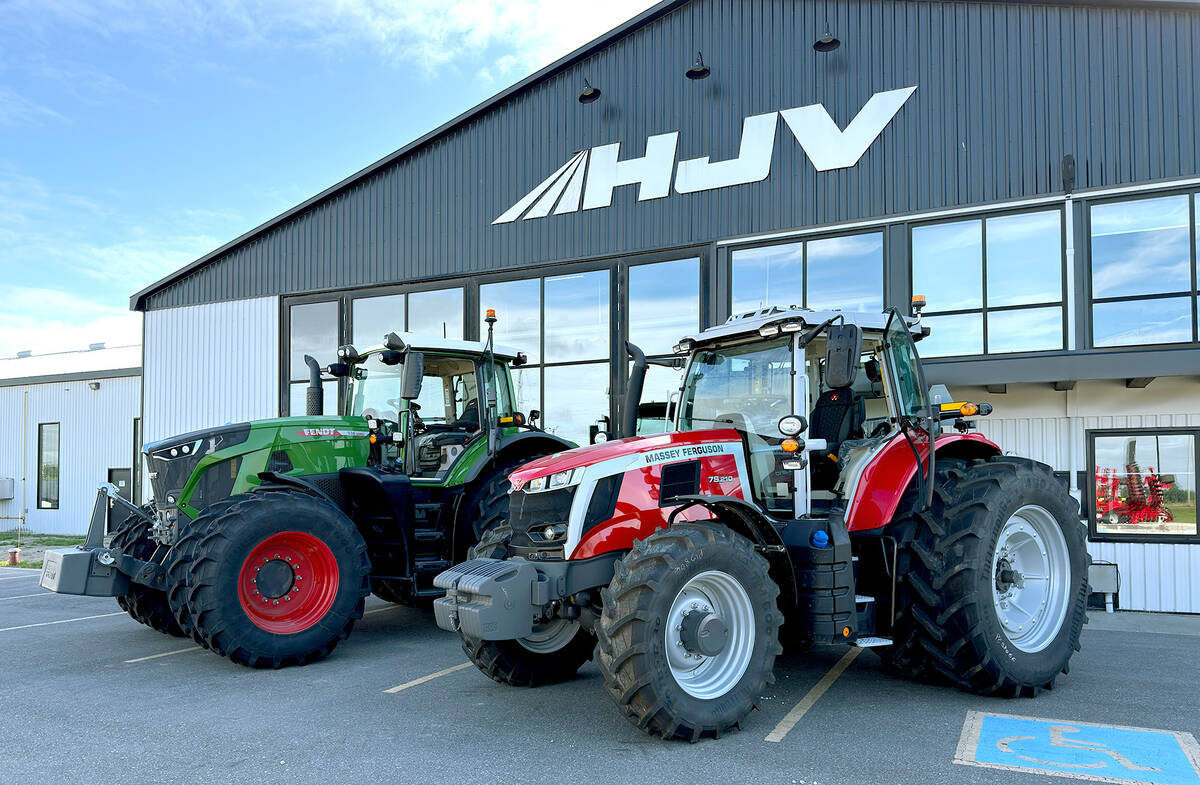
HJV Equipment expands as full-line PTx Trimble dealer
HJV Equipment expands as a full-line PTx Trimble dealer, increasing its capacity to assist growers with advanced agricultural technology solutions.
Why it matters: Palm fat is an important management tool to maintain dairy cow health, but its use could be restricted, which would affect both the welfare of cows and farm management.
Murdoch, one-time communications lead for federal agriculture minister Gerry Ritz and who now works for Toronto-based Hill and Knowlton Strategies, spent three years advising dairy processing giant Fonterra on member relations as it rolled out a response to the palm byproduct controversy in New Zealand.
Buttergate began when a Calgary-based food writer speculated about the softness of conventional butter compared to organic and butter from France. The issue expanded when food systems academic Sylvain Charlebois speculated online and in newspaper commentaries about the use of palm fat in dairy rations.
For Murdoch, it was deja-vu. She arrived in New Zealand after the first firestorm of criticism from dairy farmers was launched against the Fonterra cooperative in which they have an ownership stake. That was in 2015, after Fonterra reacted to a Greenpeace-led campaign to eliminate the use of palm kernel extract (PKE) in New Zealand’s non-pasture season rations.
Fonterra said it was trying to “future-proof the grass-fed brand,” said Murdoch. She quickly learned the intricacies of the story after stepping into the position of member relations in 2017.
New Zealand farmers and a well-known agricultural commentator said the strategy came “out of the blue,” that limits placed on PKE levels in feed had no practical basis, and that farmers were being “told how to farm.” There was huge opposition.
Fonterra went back to the drawing board. Following consultations with farmers, feed mill representatives and nutritionists, it eventually implemented a milk-testing and demerit program targeting a threshold “fat evaluation index” (FEI).
Similar to milk quality programs in Ontario, farms now see demerits issued following three consecutive tests in the upper two of four FEI categories. The program was successful in decreasing PKE use.
“You could really feel the support of the farmers that was driven by that change in communication from Fonterra,” Murdoch said of the FEI index roll-out.
Canadian communications lacking
With Buttergate, she described the early response from Canada’s dairy industry as, “we don’t have the data to show palm oil content in milk.” She said messages from provincial dairy boards and processing sector representatives “lacked a level of certainty to calm the issue.”
Within two weeks of the controversy going viral, the organization representing Quebec dairy producers was the first to ask its members to stop using palm fat. About a month after the story first came out, Dairy Farmers of Canada asked its members to consider replacing palm fat in rations if they were using it.
Government representatives limited their message to confirmation that palm fat is an approved feed ingredient. Messages from academia, meanwhile, were conflicting. A University of Guelph researcher said palm fat could be a factor in butter hardness and a Cornell University study indicated the opposite.
Farmers were thus forced to tread into this early-stage void of credible, consistent messaging. Sometimes the responses were “negative and quite defensive,” said Murdoch, but some were more positive. She highlighted a series of tweets and videos posted by Strathroy-area dairy farmer Andrew Campbell.
Consumers took action. Murdoch said social media was alive with anecdotes and speculation after the initial foodie column. Why? Because butter is relatable and people were doing more baking during the pandemic lockdown.
The intrigue made the situation an ideal reprieve from the sobering issues of COVID-19, something quirky through which the rest of the world could poke gentle fun at Canada.
Murdoch said it was different from the New Zealand dairy farmers’ experience, given that the palm kernel extract controversy there was driven by concerns about deforestation and unsavoury labour practices in regions where palm oil is harvested and processed.
She said consumers likely felt empowered by the farm sector’s response to Buttergate and could see that their actions and concerns had an impact.
Murdoch’s “lessons learned” section showed time is of the essence. Potential issues of concern on social media must be identified early. Farmers and their organizations need to provide prompt and credible information. And different stakeholders within a sector should improve their communication strategies and capacity for sharing data.
But not everything should happen fast, she added. Once an issue is identified, the Fonterra experience shows it’s detrimental to force farmers to quickly adjust. Instead, farmers need clear science-based solutions and need to know why they’re being asked to change. Then they need time to adopt those changes.







